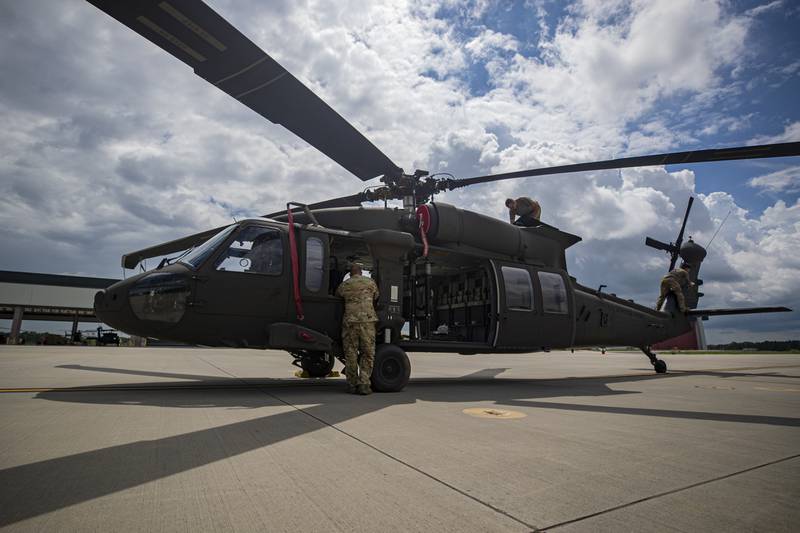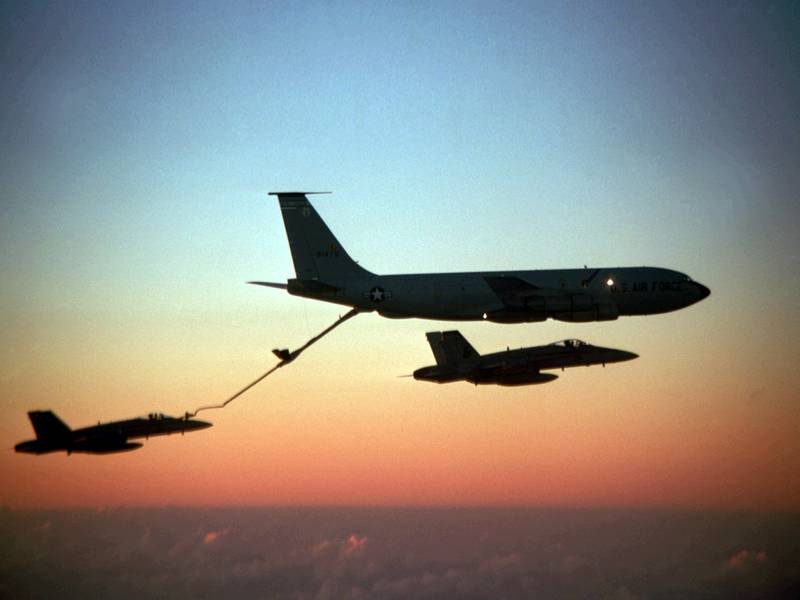Two decades after the Pentagon issued its first memo on the future of predictive maintenance, the top federal watchdog says the military still hasn’t fully reaped its benefits.
A Dec. 8 Government Accountability Office report argues that lackluster oversight, a dearth of concrete objectives and little buy-in among rank-and-file maintainers are keeping the Defense Department from saving money and time — and even lives — each year.
“While the military services have begun piloting predictive maintenance programs on some weapon systems, they do not replace parts or components regularly based on predictive maintenance forecasts,” GAO said. “By developing plans to implement predictive maintenance, including action plans and milestones for weapon systems, the military services would be better positioned to determine where, when and how to effectively adopt [it].”
RELATED

Predictive maintenance has garnered more attention in the past few years as the idea of machine-learning algorithms and “big data” gain traction.
GAO listed more than four dozen ground combat and support systems, ships and fixed- and rotary-wing aircraft that are compatible with predictive maintenance technologies — but not all have gotten on board.
The services are outfitting some assets with sensors to collect data that would alert maintainers when a part is wearing out, and how it might fail. Some systems have relied on that monitoring for decades, like the Navy’s CH-53 Sea Stallion, while others are still in the dark.
Pilot programs nonetheless continue to spring up across the Defense Department, known as the “Condition-Based Maintenance” and “Condition-Based Maintenance Plus” programs, the Prognostic and Predictive Maintenance effort, and Enhanced Reliability-Centered Maintenance.
Officials estimate those initiatives have saved hundreds of millions of dollars, increased the availability of combat vehicles and aircraft, and cut time at work.
“For example, preventive maintenance may require replacing a tire every 30,000 miles or 3 years regardless of use or condition,” GAO said. “Predictive maintenance may use data from electronic sensors combined with known historical data to anticipate the optimal time to replace the tire—not too early as to waste money, but also not too late as to let that tire fail unexpectedly.”
“This approach could allow maintenance personnel and vehicle users to perform maintenance when needed and ensure that technicians are available to do the work at the preferred location,” the report added.
In the most extreme cases, predictive maintenance has helped the Army avoid four costly or potentially fatal aircraft crashes.
“Health monitor sensors on an AH-64 Apache helicopter detected a nose gearbox malfunction that may have failed within a few hours,” GAO said. “The commander [of] Army Aviation and Missile Command said that the early detection prior to failure may have prevented an accident, saved the lives of two personnel, and prevented the loss of the aircraft.”
Still, the government watchdog noted that the military has been slow to embrace predictive maintenance because its mechanics are already overworked and sometimes hesitant to learn a new system. Spare parts availability and limited infrastructure to process data can pose hurdles as well.
“The number of uniformed maintenance personnel across the four military services decreased by about 29,000 from fiscal years 2007 through 2021,” the report added. “This occurred in an era characterized by increasing operational demands, aging weapon systems in use beyond their expected service life, and the acquisition of newer, increasingly complex weapon systems.”
RELATED

GAO recommended 16 steps that would improve how the military handles predictive maintenance; service officials agreed with most of the suggestions.
They range from designating a single entity to manage those efforts for an entire service, to creating a schedule with milestones and measurable objectives for rolling out proactive maintenance across the force. For instance, a Navy and Marine Corps study of how to track those metrics is slated to end in fiscal 2024.
The armed forces will likewise forge ahead with tweaks to policies that have slowed their progress.
In some cases, troops can get waivers that let them spend the time saved through predictive maintenance on maintenance backlogs elsewhere. Some units are also getting the flexibility they need to order spare parts ahead of time instead of waiting until something breaks to start the process.
“The military services … recognize that shifting to predictive maintenance is a cultural challenge that requires sustained leadership focus,” GAO concluded.
Rachel Cohen is the editor of Air Force Times. She joined the publication as its senior reporter in March 2021. Her work has appeared in the Washington Post, the Frederick News-Post (Md.), Air and Space Forces Magazine, Inside Defense, Inside Health Policy and elsewhere.







